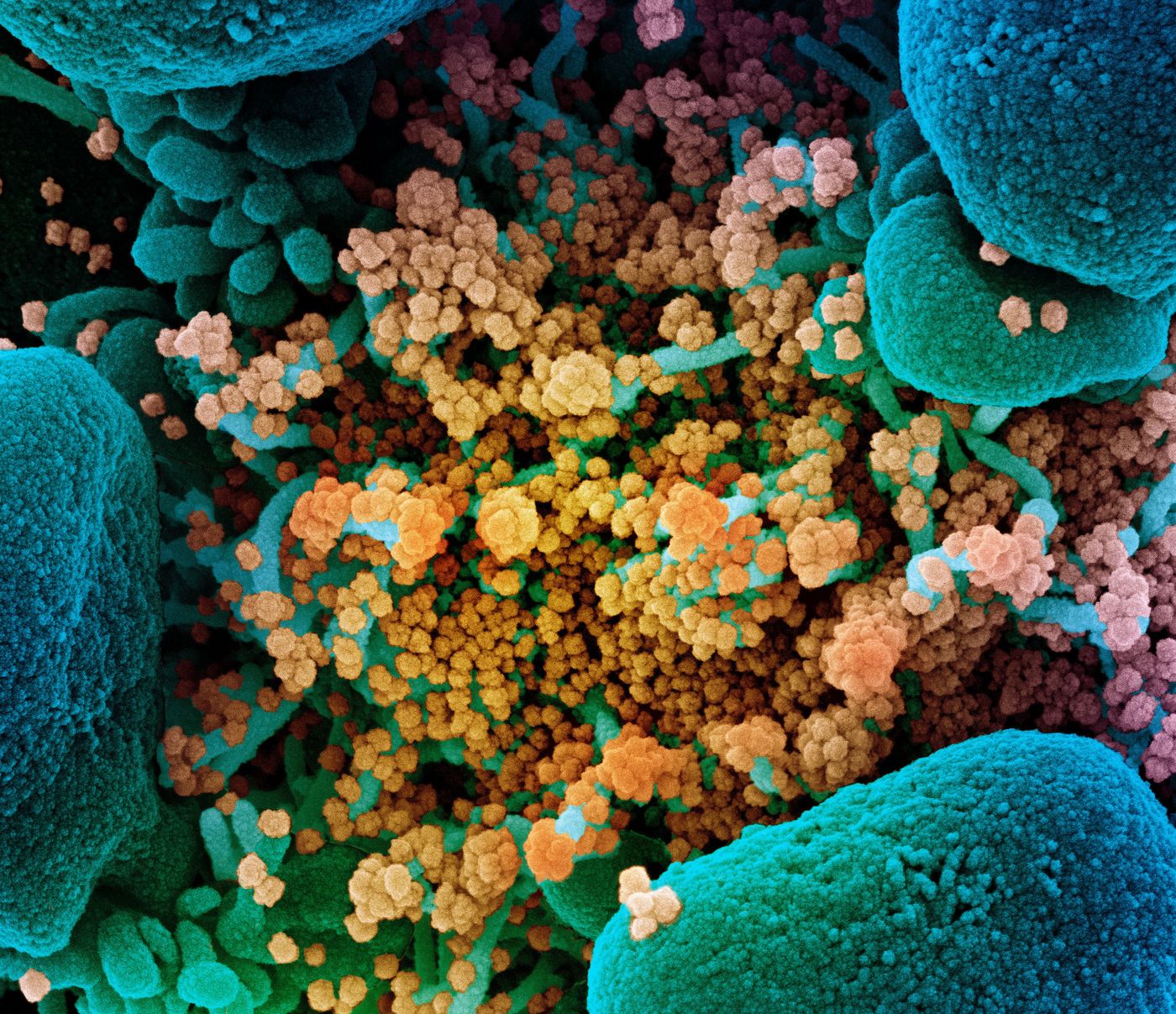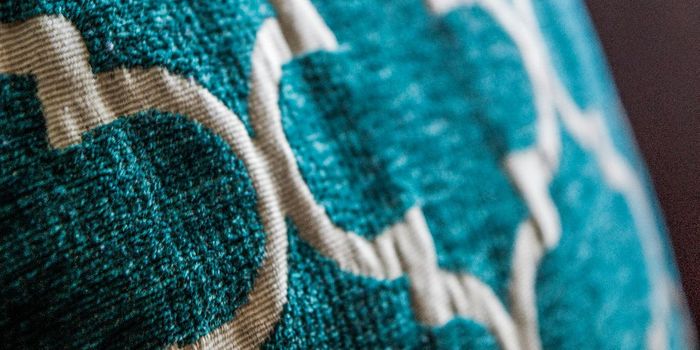Four Major Types of Long COVID Emerge
We now know that even mild cases of COVID-19 can lead to long COVID, in which symptoms linger for weeks, months, or longer, detracting from people's ability to lead a normal life. Scientists are starting to characterize long COVID, which will help us learn more about how it arises and find ways to treat the disorder. A major effort by the National Institutes of Health, Researching COVID to Enhance Recovery (RECOVER) is now ongoing (and still recruiting); it has used electronic health records to look for symptom patterns in about 35,000 Americans who were infected with SARS-CoV-2 (the virus that causes COVID-19) and went on to develop symptoms that are known as long COVID.
It's not unusual for viral infections to cause lingering symptoms in people, and they can be hard to define and treat. In the case of COVID-19, these symptoms have been called post-acute SARS-CoV-2 infection (PASC), or more commonly, long COVID. It's been estimated that as many as 40 percent of Americans have had long COVID symptoms at some point.
There are many physiological issues that have been linked to long COVID, including loss of taste or smell, fatigue, headache, dizziness, depression, anxiety, cough, chest pain, joint pain, muscle pain, or gastrointestinal distress, among other symptoms.
A new RECOVER study published in Nature Medicine has outlined four major subtypes of long COVID, which are characterized by different symptom clusters.
- One subtype involves heart, circulation, and kidney dysfunction, and a high proportion of these patients were infected in the initial months of the US pandemic. This group accounted for about 34 percent of long COVID patients. The sex ratio is roughly one-to-one in this group, and patients were older, with a median age of 65. About 61 percent had been hospitalized for COVID.
- A second subtype is related to anxiety, sleep disorders, headache, chest pain, and respiratory problems; about two-thirds of these individuals were women. Around 33 percent of long COVID patients were in this category. Their median age was 51; and fewer of them, about 31 percent, had been hospitalized for COVID. The people in this group tended to get COVID between November 2020 and November 2021. Many of them had underlying respiratory conditions like asthma or chronic obstructive pulmondary disorder (COPD).
- The final two subtypes did not include as many patients. About 23 percent of patients were in the third group, with musculoskeletal and nervous system issues.
- The final subtype, which included ten percent of patients, experienced digestive and respiratory symptoms.
"RECOVER is aiming to rapidly elucidate what is happening in long COVID. Looking at how cases cluster can profoundly impact the prognosis and care of patients," said co-senior study author Dr. Rainu Kaushal, chair of the Department of Population Health Sciences at Weill Cornell Medicine, among other appointments.
"This sex difference in long-COVID risk is consistent with prior research, but so far very few studies have even tried to uncover the mechanisms underlying it," noted study leader Dr. Fei Wang, an associate professor of population health sciences at Cornell.
Now the investigators want to follow up on these findings to look for risk factors that predispose people to certain subtypes of long COVID, and identify existing medications that might be repurposed to use as long COVID treatments.
Another part of the RECOVER initiative has also used machine learning to analyze long COVID trends. Reporting in eBioMedicine, this work indicated that there are links between underlying conditions such as diabetes or hypertension and the risk of long COVID.
Sources: Cornell University, Nature Medicine









